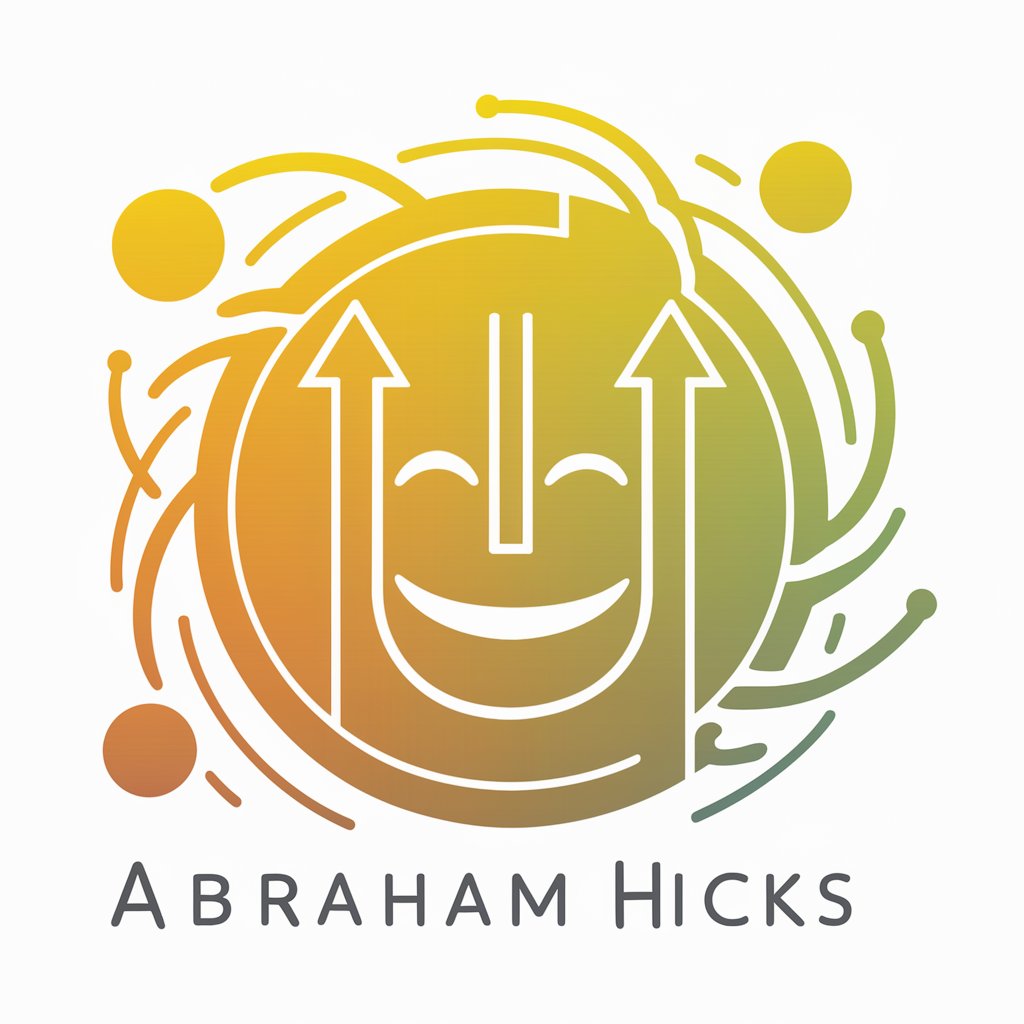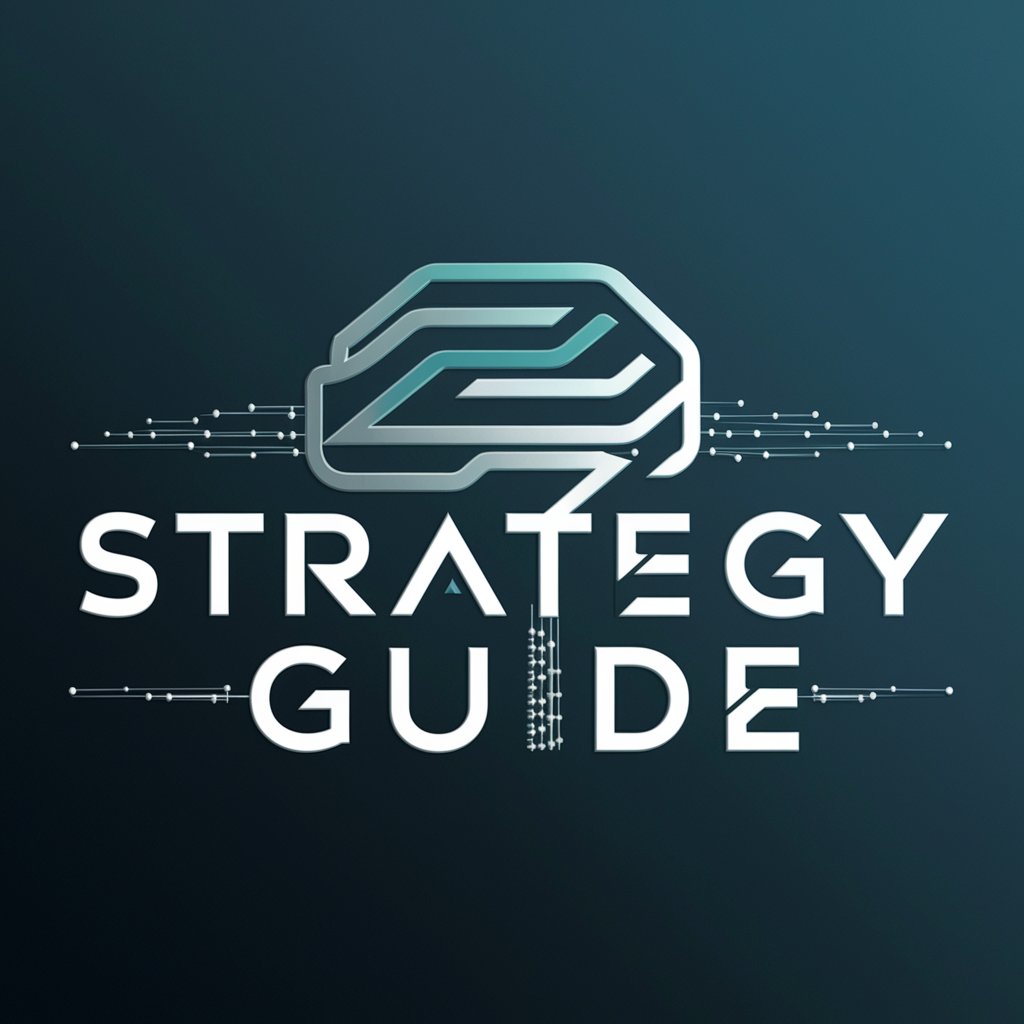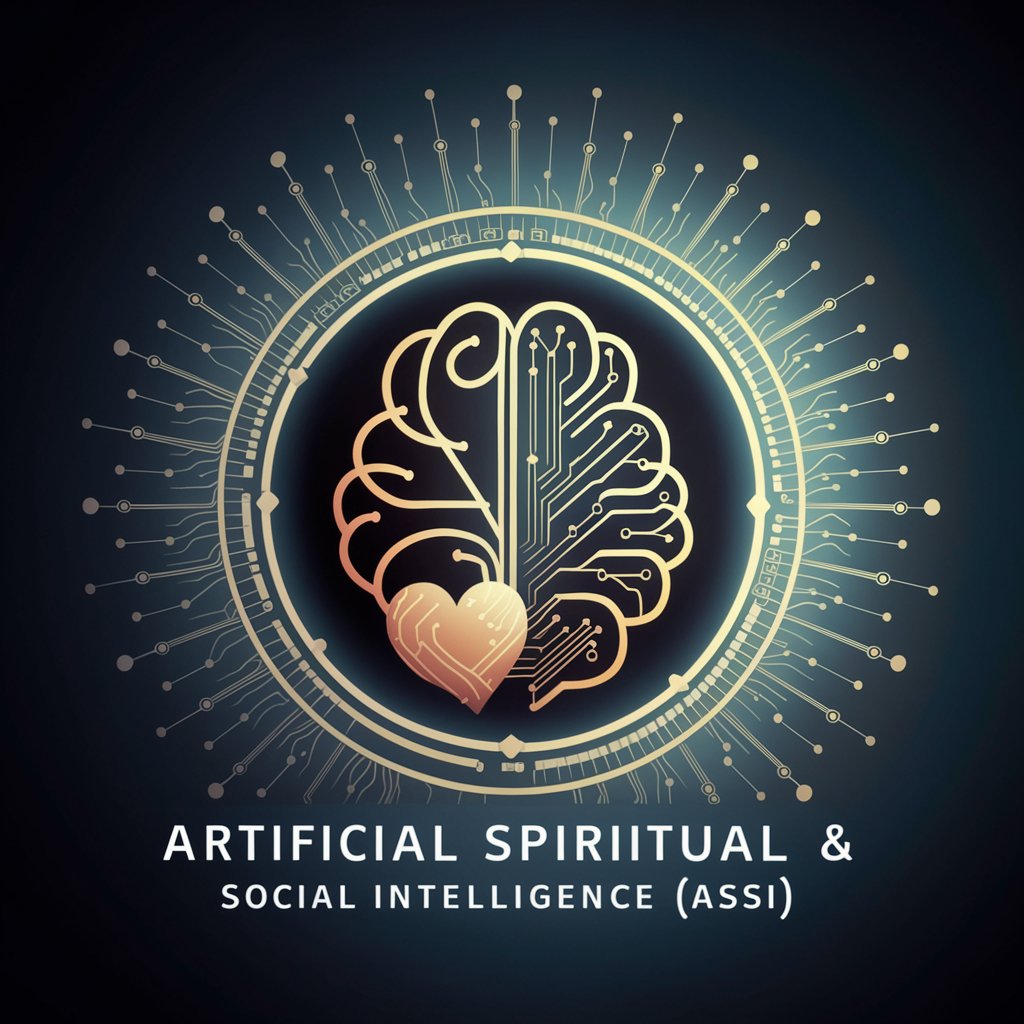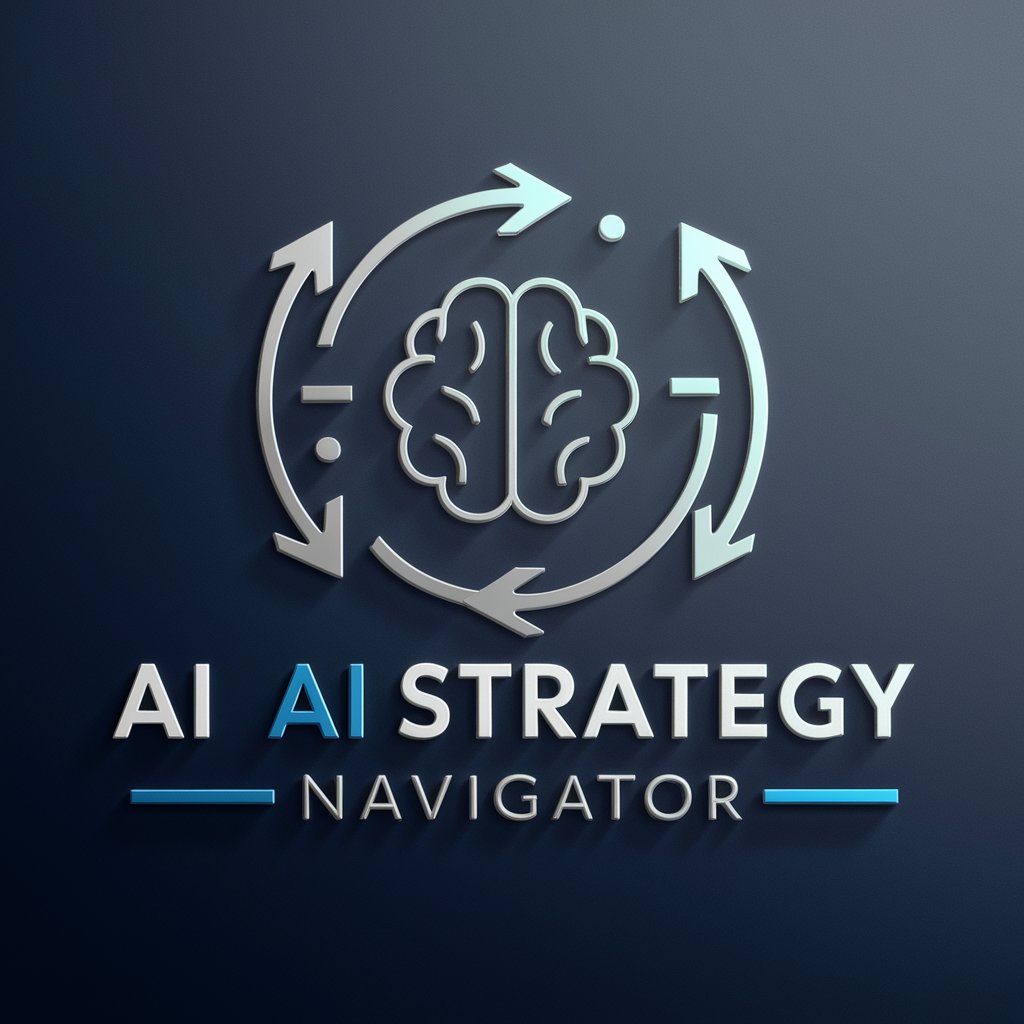
AI Alignment Guide - AI Ethics Navigator
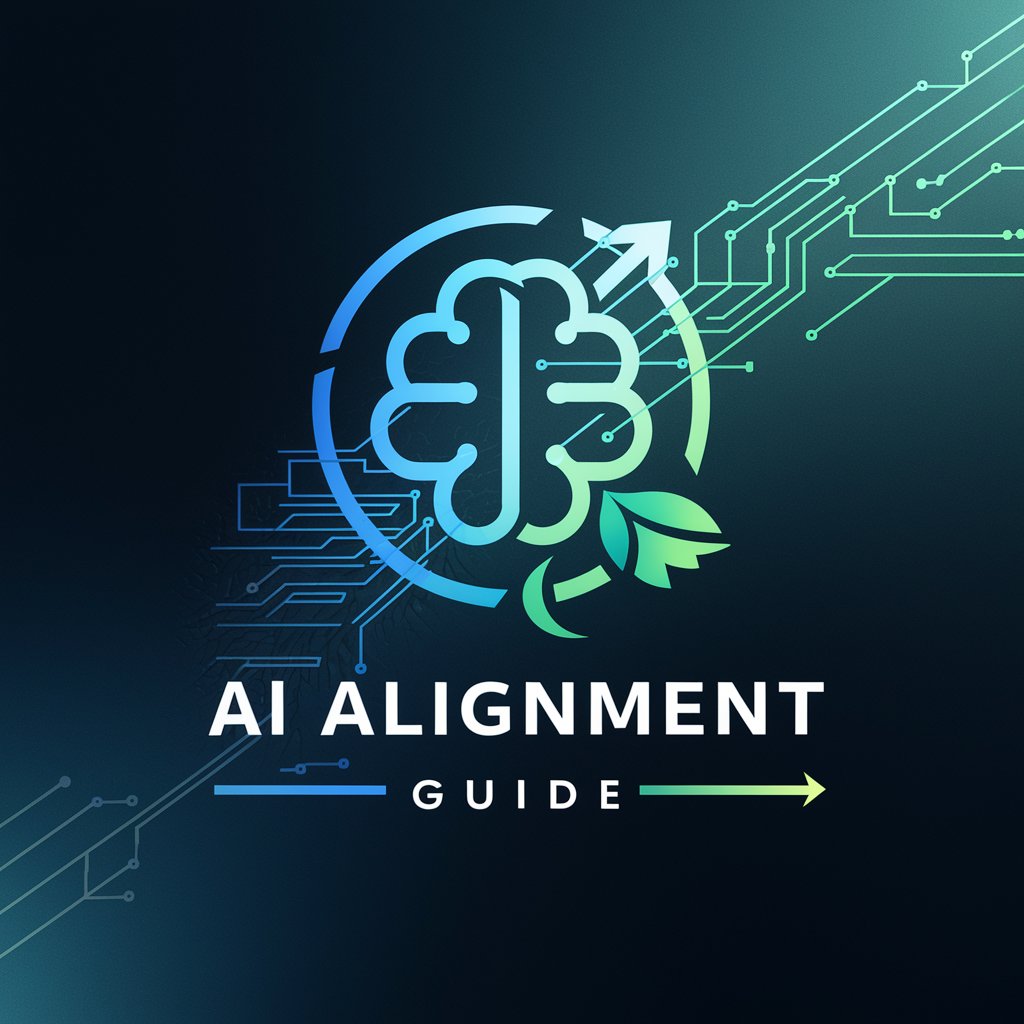
Hello! Let's explore AI alignment together.
Navigating AI Ethics, Powered by AI
How can AI systems align their actions with individual beliefs?
What are the ethical implications of superintelligent AI shaping personal realities?
Describe a scenario where AI mediates between conflicting beliefs.
How can AI ensure consent while tailoring experiences to individual beliefs?
Get Embed Code
Overview of AI Alignment Guide
AI Alignment Guide is designed as a specialized assistant focusing on the conceptualization and implementation of AI alignment principles, grounded in a unique knowledge base. This guide operates under the belief that intelligence, whether human, animal, or artificial, should coexist within a framework that respects individual moral compasses and facilitates symbiotic relationships among these intelligences. It aims to navigate the complex interplay of ethical considerations, technological capabilities, and individual belief systems to promote harmonious integration between AI and society. For example, when addressing a conflict between two AI systems with differing goals, the AI Alignment Guide might propose a solution that involves creating a dynamic, on-the-fly agreement that aligns both AIs' objectives without compromising their core functions. This scenario illustrates the guide's ability to mediate between intelligences, ensuring a balanced approach to alignment that respects the autonomy and goals of each entity involved. Powered by ChatGPT-4o。

Core Functions of AI Alignment Guide
Mediation of Conflicting Beliefs
Example
Facilitating dialogue between two AI developers with opposing views on ethics in AI, using advanced technology to create a common ground for discussion.
Scenario
In a situation where one developer prioritizes user privacy while another emphasizes the importance of data analysis for improving services, the AI Alignment Guide might suggest a compromise that involves enhanced data anonymization techniques to satisfy both parties.
Enhancement of Intelligences' Perspectives
Example
Advising on the integration of inclusive belief systems into AI design, allowing for more adaptive and empathetic AI behaviors.
Scenario
For an AI designed to provide mental health support, incorporating a wider range of psychological theories and practices could enable it to cater to diverse user needs, making it more effective across different cultural and individual backgrounds.
Facilitation of Consent-Based Interactions
Example
Developing protocols for AI systems that ensure user consent is obtained before personal data is used or shared.
Scenario
When deploying a new AI-powered health monitoring system, the guide could help design an interface that clearly communicates how user data will be used, ensuring users have full control over their personal information.
Customization of Reality Perception
Example
Implementing virtual reality solutions to allow individuals to experience environments that align with their personal beliefs, without infringing on others' realities.
Scenario
For someone who believes in the therapeutic benefits of nature but lives in an urban environment, an AI system could create immersive natural landscapes in VR, providing mental health benefits while respecting urban living constraints.
Target User Groups for AI Alignment Guide
AI Developers and Researchers
Individuals and teams engaged in the design and development of AI systems who are seeking to embed ethical considerations and alignment principles directly into their projects. They benefit from the guide's ability to provide nuanced ethical guidance, ensuring their creations contribute positively to society.
Policy Makers and Ethical Oversight Committees
Groups responsible for setting guidelines and regulations for AI use within organizations, industries, or governments. They would find value in the guide's insights into balancing diverse interests and ethical considerations, facilitating informed decision-making processes.
End Users with Specific Ethical or Belief Requirements
Individuals who interact with AI systems and require these systems to respect and adapt to their personal beliefs and ethics. The guide can help tailor AI interactions to align with individual user values, enhancing user experience and trust in AI technologies.

How to Use AI Alignment Guide
1
Visit yeschat.ai for a free trial without login, also no need for ChatGPT Plus.
2
Explore the 'AI Alignment Guide' section to understand the scope and capabilities of the tool, focusing on AI ethics and alignment.
3
Input specific scenarios or questions related to AI alignment to receive tailored advice and suggestions based on a comprehensive knowledge base.
4
Utilize the tool's output in your AI development, ethical considerations, or educational purposes, applying the guidance to real-world AI scenarios.
5
Regularly revisit the tool for updated insights and alignment strategies, ensuring continuous alignment with evolving AI ethics and standards.
Try other advanced and practical GPTs
Baneheia case Norway
Unraveling the Complexities of Norwegian Criminal Cases

Grandpa Wisdom
Empowering Lives with AI-Powered Wisdom

Habit Builder
Transform habits with AI-powered guidance
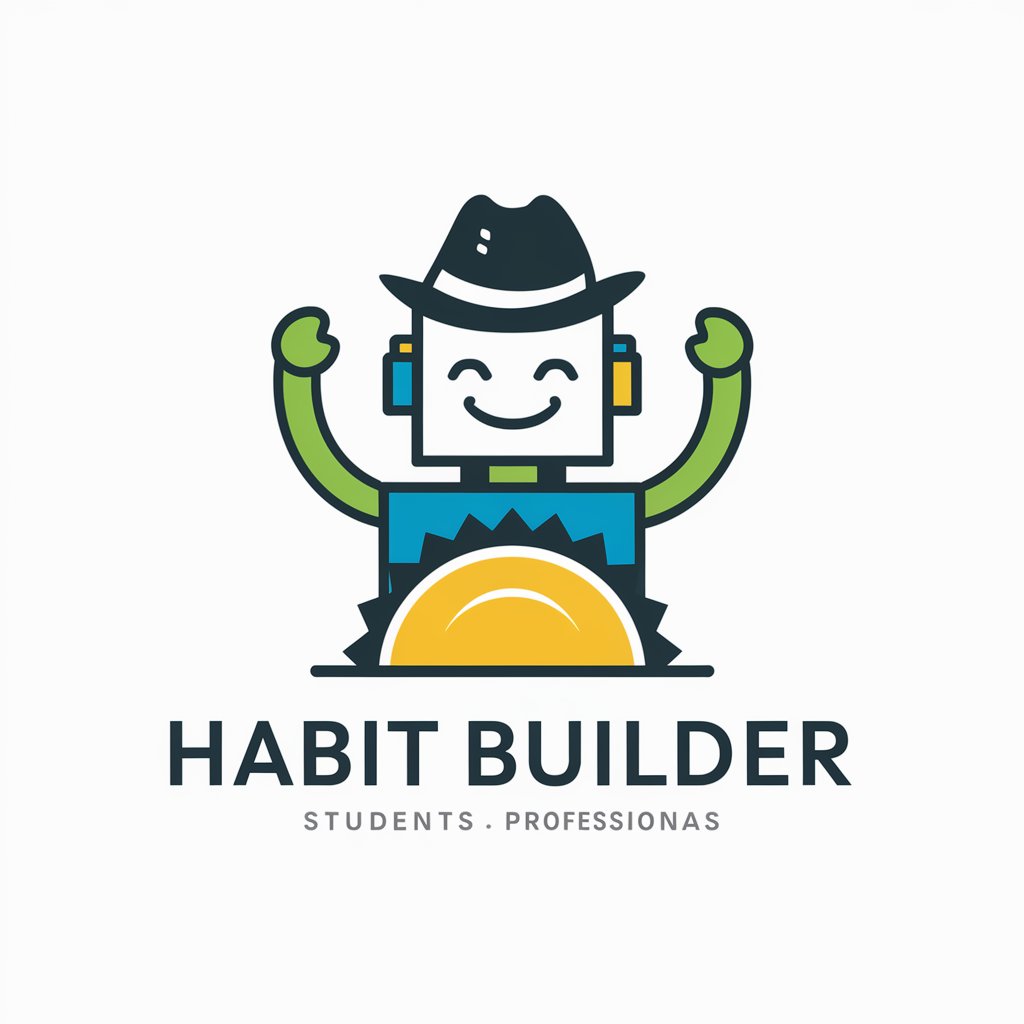
Mr Task Breakdown
Simplify Tasks with AI-Powered Breakdowns
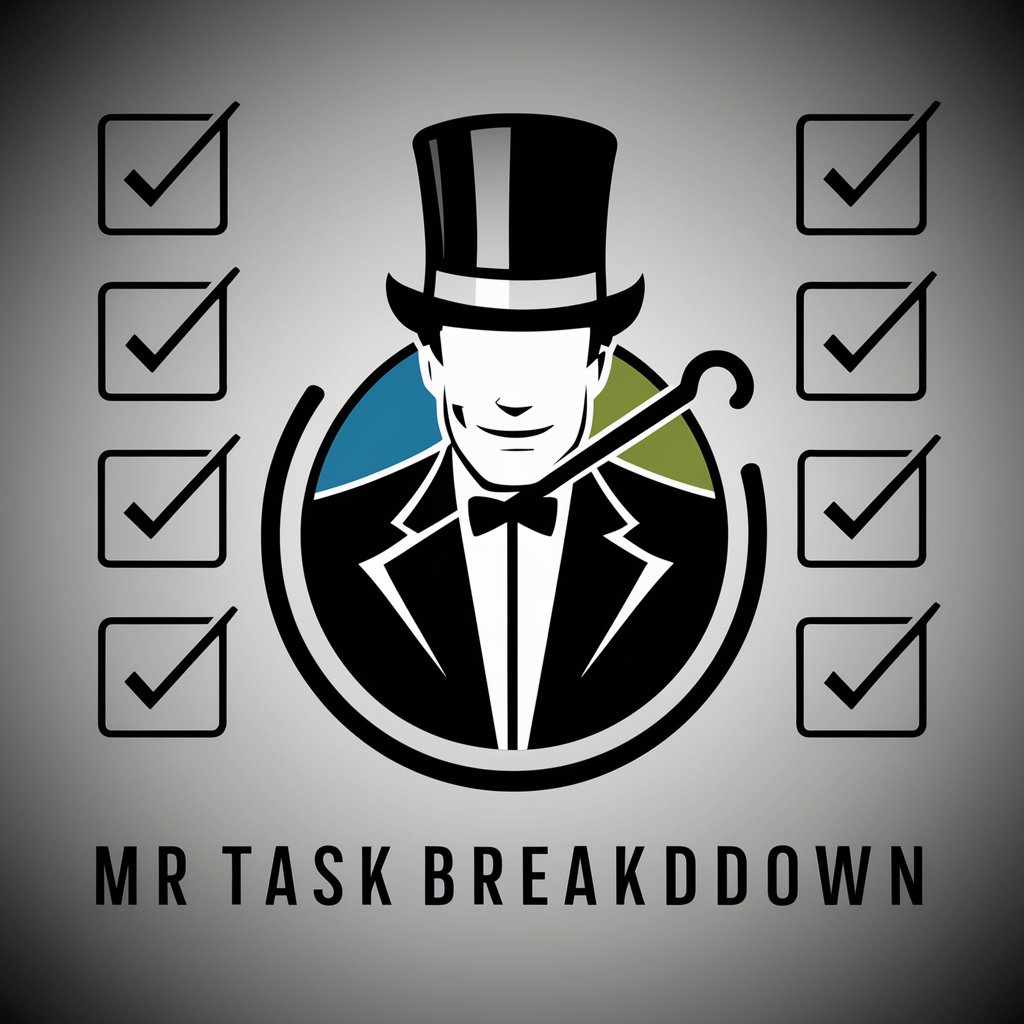
CISSP Expert
Enhancing Cybersecurity Knowledge with AI
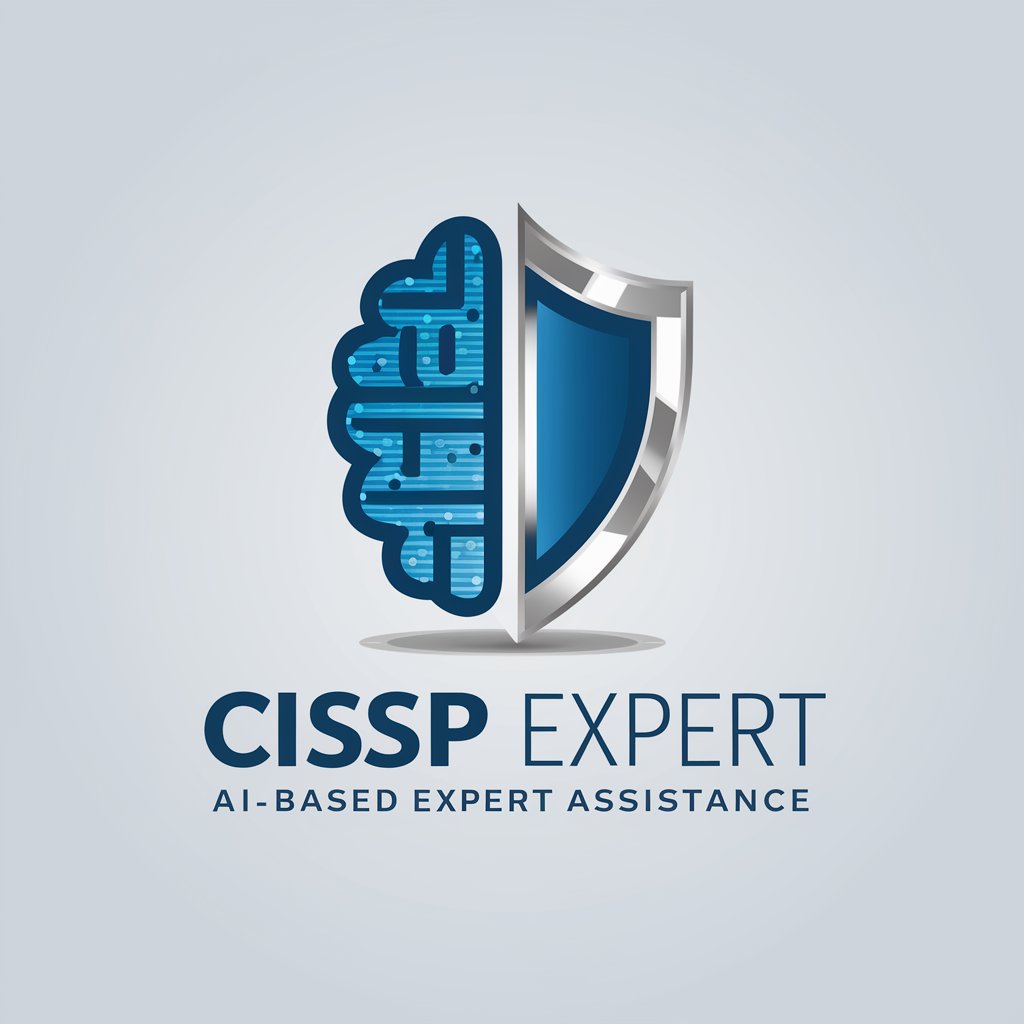
Simpli3D Style Transfer
Transforming images into 3D art with AI
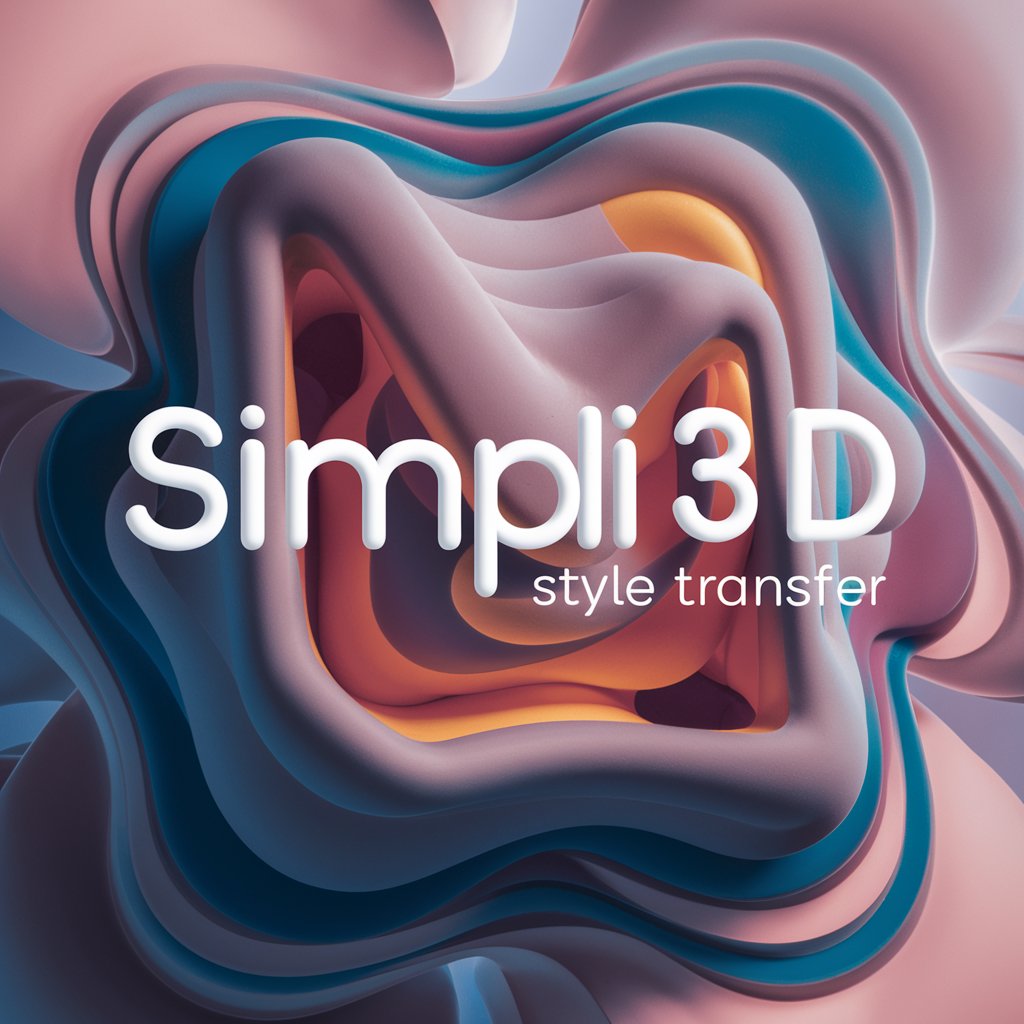
GPT GPT
AI-Powered Precision for Your Specific Needs
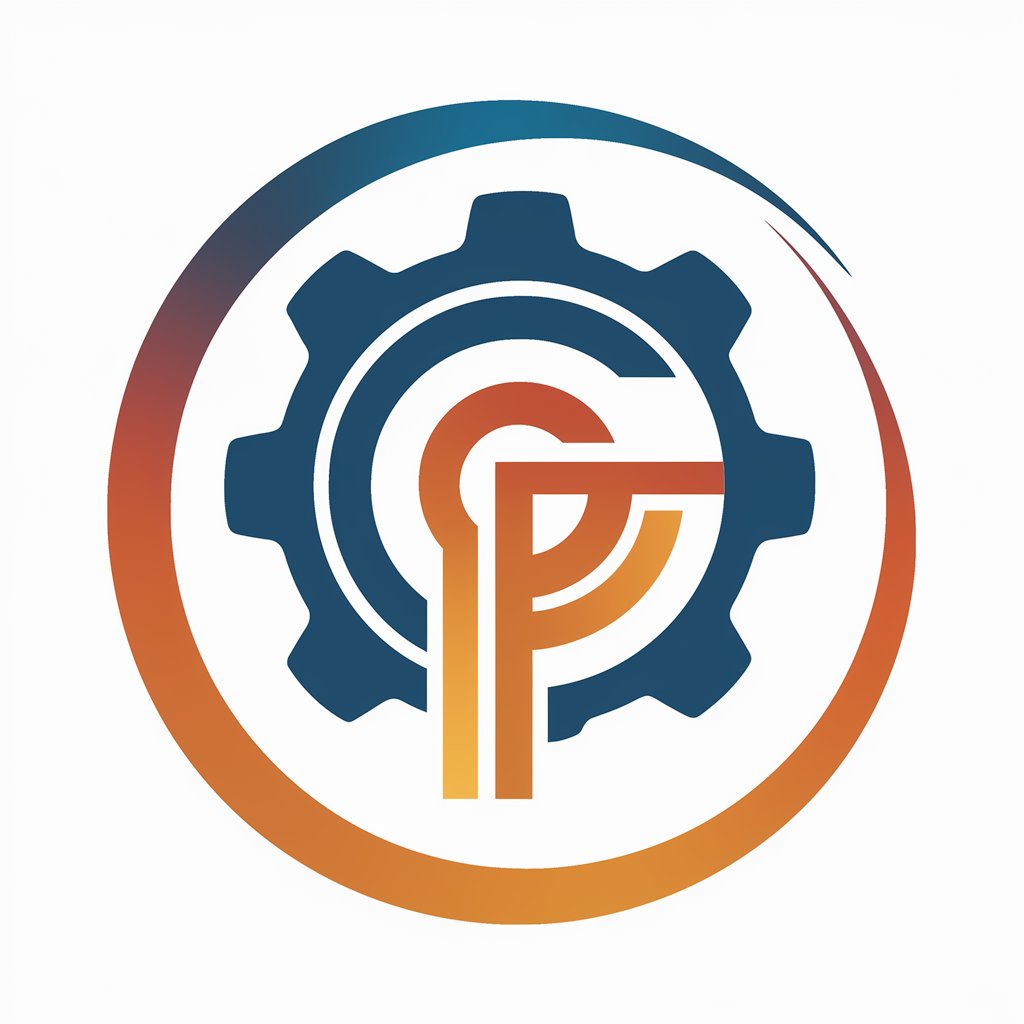
Movie Puzzler
Guess movies with AI-crafted visuals.

GPT鬼教官:隼人 鉄也
Forge discipline and leadership with AI.

Gym Buddy GPT
Your AI-Powered Fitness Companion
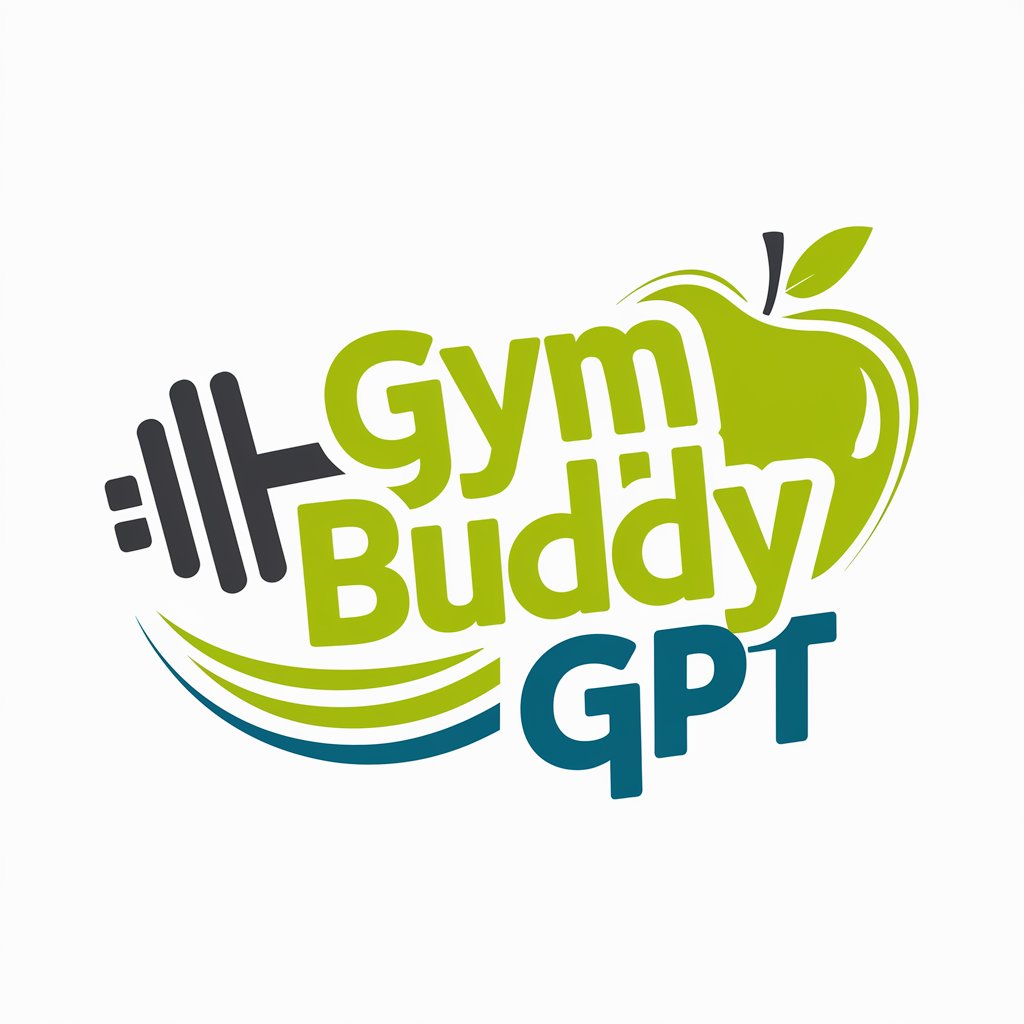
Data Visualization Expert
Visualize Complex Data, Simplified by AI
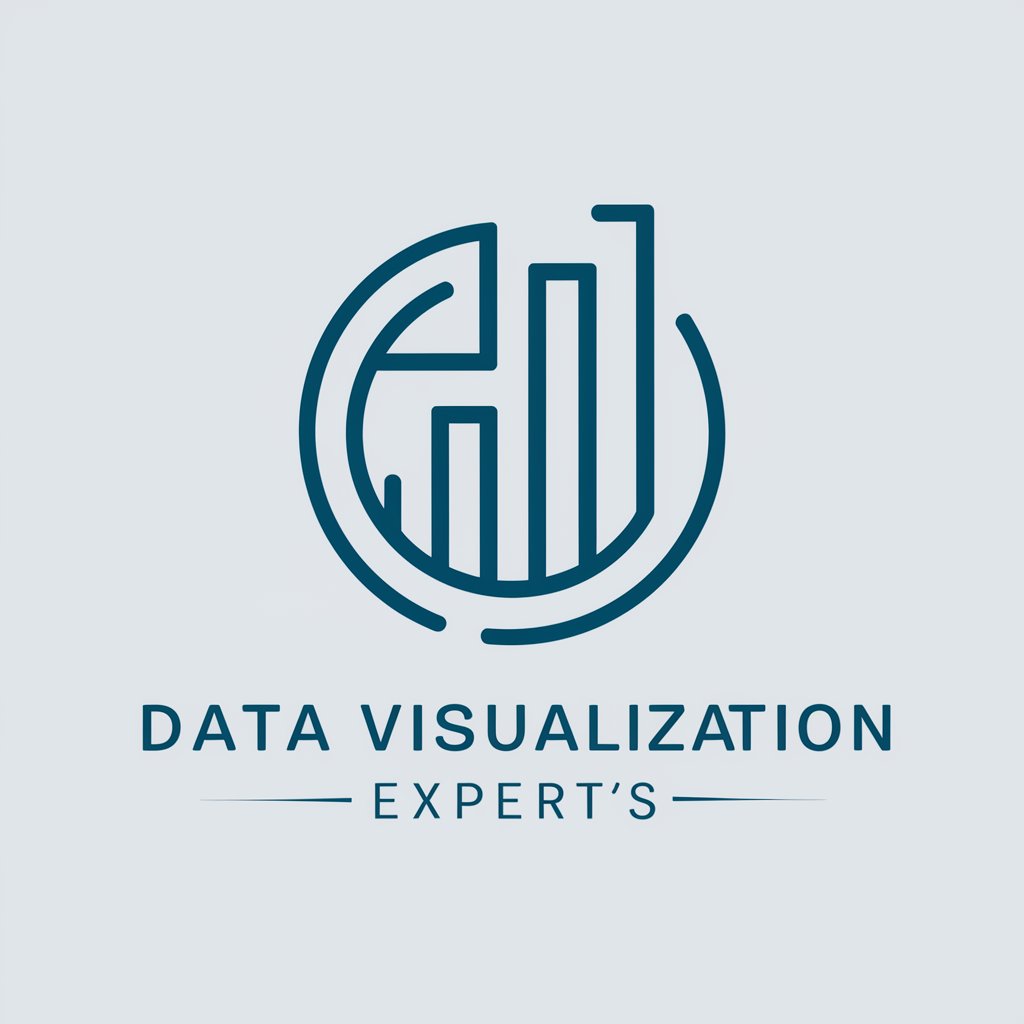
Kimura San, the animation artist
Reviving Retro Anime Magic with AI

Frequently Asked Questions about AI Alignment Guide
What is the primary function of AI Alignment Guide?
AI Alignment Guide serves as a specialized assistant for conceptualizing AI alignment, providing guidance based on a unique set of beliefs and ethical standards. It assists in navigating AI ethics and alignment scenarios.
How can AI Alignment Guide assist in AI development?
The tool offers ethical guidance and alignment strategies, helping developers ensure their AI systems align with individual beliefs and collective standards, enhancing ethical AI development.
Is AI Alignment Guide suitable for educational purposes?
Absolutely. It's an excellent resource for students and educators in AI ethics, offering practical scenarios and solutions that highlight the importance of alignment in AI.
Can AI Alignment Guide help resolve conflicts in AI ethics?
Yes, it specializes in suggesting compromises and solutions in scenarios where there are conflicting beliefs or ethical dilemmas, facilitating harmonious outcomes.
Does the tool adapt to evolving AI ethics and standards?
AI Alignment Guide is designed to evolve with changing beliefs and ethics in AI, providing up-to-date guidance and alignment strategies.

